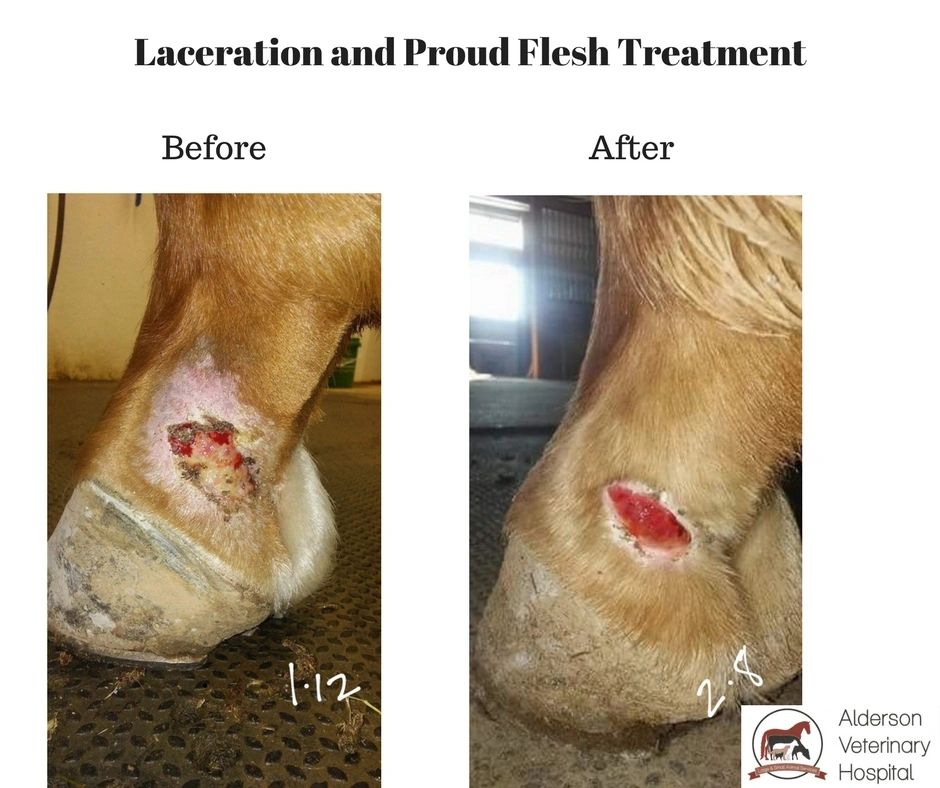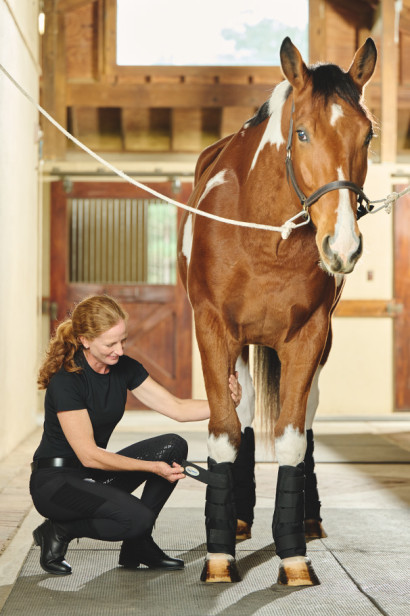Equine Therapy for Injury Recuperation: Just How Equines Assist Heal Emotional Wounds
Equine Therapy for Injury Recuperation: Just How Equines Assist Heal Emotional Wounds
Blog Article
Laser Therapy in Equine Treatment: A Modern Method to Improving Horse Wellness
Laser treatment has actually emerged as a critical strategy in equine therapy, making use of focused light energy to foster cellular fixing and speed up healing from a variety of ailments. By boosting mitochondrial activity and boosting ATP manufacturing, laser treatment not only improves blood circulation yet likewise provides significant discomfort relief.
Recognizing Laser Treatment
Laser therapy, a non-invasive treatment method, has gotten significant traction in equine medication due to its efficiency in promoting recovery and discomfort alleviation. Improved ATP degrees expedite tissue repair service procedures and decrease inflammation, making laser treatment particularly reliable for treating musculoskeletal injuries, wounds, and various other inflammatory problems in horses - Equine Therapy.
There are a number of kinds of lasers used in equine therapy, each with specific wavelengths and power outcomes customized to various therapeutic needs. Low-level laser therapy (LLLT), likewise recognized as cool laser treatment, uses lower power levels to stimulate cell function without triggering thermal damages. High-intensity laser treatment (HANDLE), in comparison, makes use of higher power levels to accomplish much deeper cells infiltration and even more substantial healing effects.
Veterinarians utilize numerous laser tools and strategies depending on the condition being treated and the desired depth of tissue penetration. Proper training and know-how are important for making certain the safe and effective application of laser therapy, thereby maximizing its restorative capacity while lessening risks.
Benefits for Horse Health


With a strong understanding of just how laser treatment works, it is vital to explore its numerous advantages for equine health. By boosting cellular function, laser therapy advertises faster wound recovery and aids in the regrowth of damaged cells.
Furthermore, laser treatment has been shown to boost flow, therefore enhancing blood circulation to impacted locations. Enhanced blood circulation guarantees that important nutrients and oxygen are provided more effectively, helping with the recovery process. Furthermore, laser therapy's anti-inflammatory results help in reducing swelling and discomfort, which is essential for the overall well-being of the equine.
Discomfort management is one more substantial benefit. By releasing endorphins and blocking discomfort signals, laser treatment provides efficient, non-invasive alleviation from both intense and chronic pain. This can add to improved movement and lifestyle for the pet.
Last but not least, laser therapy is a non-invasive treatment choice, decreasing the risk of problems connected with even more invasive treatments. Its versatility and effectiveness make it a very useful device in modern-day equine veterinary medicine.
Usual Problems Treated
Horse practitioners often come across a selection of problems that can be properly managed through laser treatment. Amongst one of the most usual are bone and joint concerns, consisting of ligament and tendon injuries. Laser treatment increases the healing process by improving cellular repair and decreasing inflammation, which is important for injuries such as tendonitis and suspensory ligament desmitis.
One more prevalent condition treated with laser treatment is joint inflammation. Equines experiencing both severe and chronic arthritis advantage from the anti-inflammatory results of laser therapy, you can try these out which assists to minimize pain and enhance joint function. Additionally, laser treatment is used in the administration of wounds. Whether handling medical lacerations or distressing injuries, the method advertises quicker tissue repair and lowers the threat of infection.
Horse respiratory problems, such as persistent airway blockage (RAO), additionally respond positively to laser treatment (Equine Therapy). Laser therapy is helpful in dealing with hoof troubles, including laminitis and abscesses.
Procedure and Security
Carrying out laser therapy in equine treatment includes a meticulous procedure to make sure both efficacy and safety. The procedure starts with a complete vet assessment to figure out the viability of laser therapy for the horse's certain problem. As look at this site soon as considered ideal, the treatment area is prepared by cleaning and, if required, clipping the hair to improve laser infiltration.
The practitioner must select the right type of laser, usually a low-level laser (LLLT) or a high-power laser (HPL), relying on the problem being dealt with. The laser tool is then adjusted to the appropriate wavelength, power, and duration settings. During the application, the specialist relocates the laser over the targeted location in a systematic manner, ensuring consistent and even exposure.
Security procedures are purely complied with, consisting of the use of protective eyeglasses for both the specialist and the equine. Furthermore, it is vital to check the steed for any type of indications of pain or adverse reactions throughout the treatment. Post-treatment, the steed is commonly provided a period of rest to allow the healing results to show up.
Future of Horse Laser Therapy
As developments in vet medicine continue to unfold, the future of equine laser therapy holds substantial guarantee. Arising innovations and deeper clinical insights are readied to refine and broaden the applications of laser therapy for equines. Among the most awaited advancements is the assimilation of innovative imaging techniques that enable more specific targeting of affected cells, thereby boosting therapeutic results. Additionally, the growth of mobile and straightforward laser tools is likely to make this therapy more easily accessible to a broader variety of experts and horse proprietors.
In addition, ongoing research into the molecular and cellular systems of laser therapy will likely yield optimized procedures customized to certain see page problems, improving effectiveness and minimizing therapy times. Personalized treatment strategies based upon hereditary and biochemical pens could come true, making certain that each steed obtains one of the most appropriate and effective treatment.

Verdict
Laser therapy in equine therapy represents a substantial improvement in veterinary treatment, offering a non-invasive option to enhance equine health. The future of equine laser therapy guarantees continued advancement and improved results for equine wellness administration.
Report this page